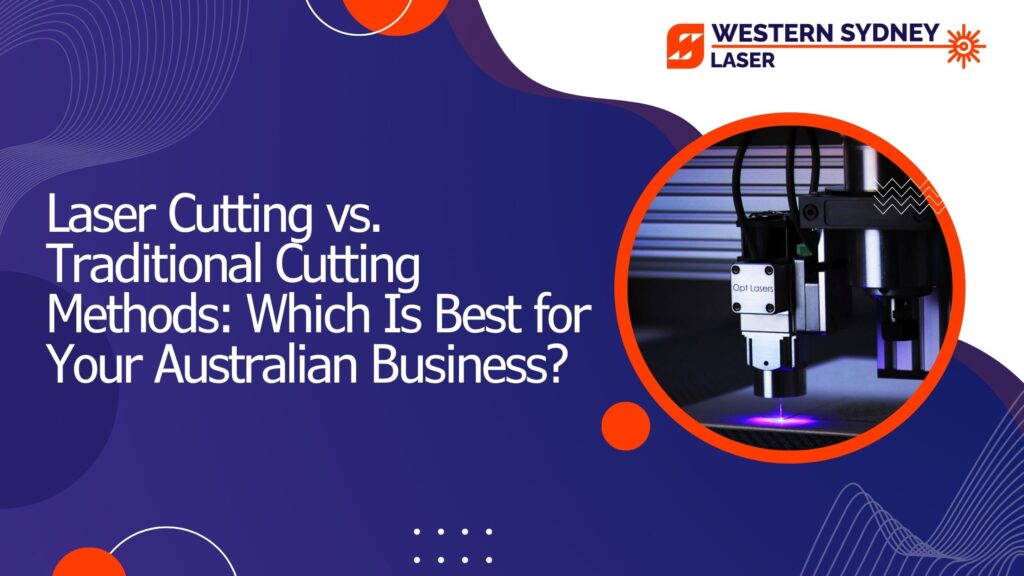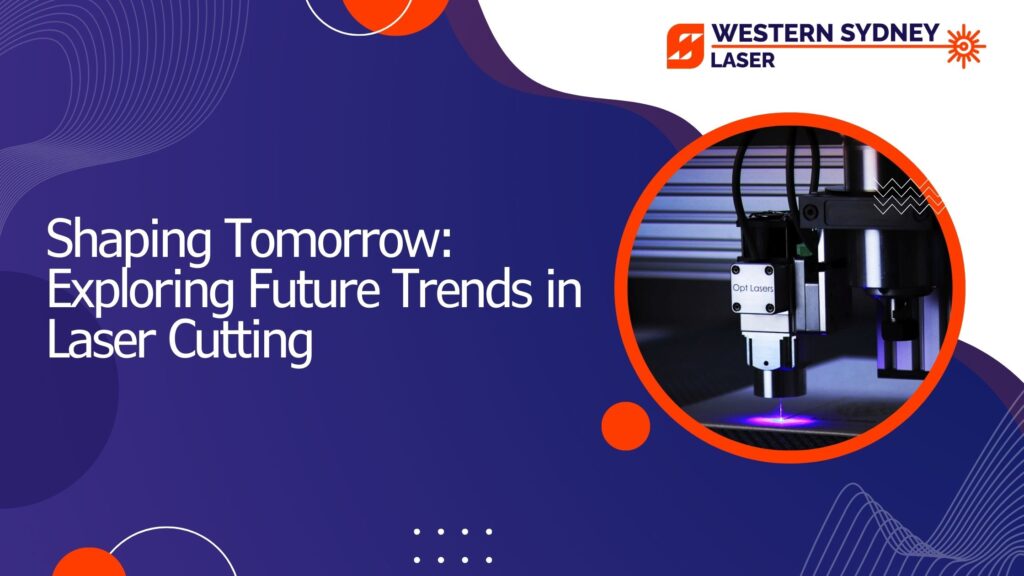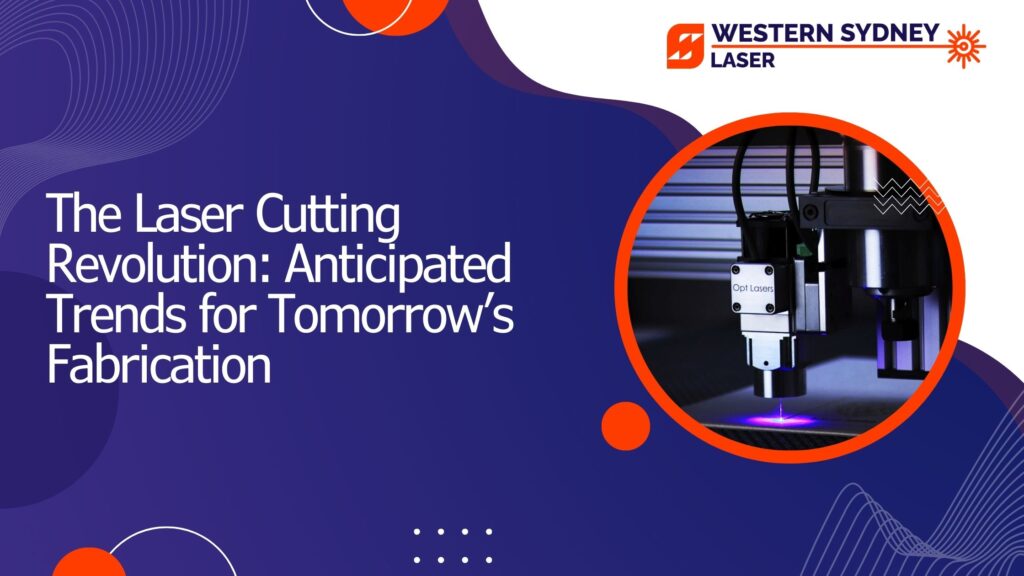In the world of manufacturing and fabrication, precision is paramount.
The choice of cutting method can significantly impact the quality, efficiency, and ultimately, the success of your project.
For Australian businesses, this decision is crucial, as it influences not only the final product but also the overall competitiveness in the market.
In this comprehensive guide, we will explore and compare two primary cutting methods: Laser Cutting and Traditional Cutting.
By evaluating factors such as cost, speed, and quality, we aim to help you make an informed choice for your Australian business.
Laser Cutting: Precision at Its Pinnacle
The Laser Advantage
Laser cutting is a highly precise and efficient method that utilises a focused beam of light to melt, burn, or vaporise material.
This process provides exceptional accuracy, allowing for intricate cuts and fine detailing that may be challenging or impossible with traditional methods.
Unmatched Versatility
One of the standout features of laser cutting is its versatility.
It can effortlessly handle a wide range of materials, from metals like steel, aluminium, and titanium, to various plastics, wood, and even textiles.
This adaptability makes laser cutting a go-to choice for businesses with diverse material cutting needs.
Reduced Material Waste
Precision in cutting means minimal material waste.
Laser cutting optimises material usage, which can lead to cost savings in the long run.
For businesses aiming to enhance sustainability and reduce environmental impact, this is a significant consideration.
Cost Efficiency
While the initial investment in laser cutting technology may be higher than traditional methods, the long-term benefits often outweigh the upfront costs.
The efficiency, precision, and reduced material waste result in cost savings over time, making laser cutting a financially sound choice for businesses with high-volume or complex cutting requirements.
Australian Context: Meeting Industry Standards
In Australia, industries such as aerospace, automotive, and manufacturing demand adherence to stringent quality standards.
Laser cutting’s precision and consistency align seamlessly with these requirements.
Businesses in these sectors benefit from the assurance that their products meet or exceed industry benchmarks.
Traditional Cutting Methods: Legacy Techniques in a Modern World
Tried and Tested
Traditional cutting methods, including techniques like sawing, shearing, and milling, have been the backbone of manufacturing for generations.
These methods are reliable and well-understood, making them a comfortable choice for many businesses.
Material Limitations
While traditional cutting methods are proficient in certain materials, they may struggle with more complex or harder substances.
For businesses working with exotic metals or intricate designs, the limitations of traditional methods may become apparent.
Labour Intensive
Traditional cutting often requires a skilled operator to oversee the process.
This can lead to higher labour costs and potential variations in quality due to human factors. In contrast, laser cutting is largely automated, reducing the dependency on manual intervention.
Australian Context: Competing on a Global Scale
In an increasingly competitive global market, Australian businesses need to maximise efficiency without compromising quality.
Traditional cutting methods, while reliable, may struggle to keep pace with the precision and speed offered by laser cutting.
This can impact competitiveness, especially in industries where precision is paramount.
Leveraging your business for competitive edge
Ultimately, the decision between laser cutting in Sydney and traditional cutting methods hinges on the individual requirements and objectives of your Australian business.
Factors like the type of materials involved, production volume, and the level of precision needed should be central in your consideration.
Industries that place a premium on precision, like aerospace or medical equipment manufacturing, typically find laser cutting to be the superior option.
While the initial investment may be higher, the long-term benefits in terms of efficiency and elevated quality are substantial.
Laser cutting excels in delivering intricate, highly accurate cuts, meeting the exacting standards of these demanding sectors.
Conversely, businesses with simpler cutting needs or those primarily dealing with traditional materials may find that legacy cutting methods suffice.
These established techniques have a proven track record of reliability and may be more cost-effective for certain applications.
It’s imperative to conduct a thorough assessment of your specific operational requirements before making a decision.
Engage with experts, evaluate your materials and production processes, and weigh the importance of precision against cost considerations.
This thoughtful approach ensures that the chosen cutting method aligns seamlessly with your business goals, leading to enhanced efficiency and superior product outcomes.
Contact Western Sydney Laser Cut Today!
At Western Sydney Laser Cut, we understand the unique demands of Australian businesses.
Our state-of-the-art laser cutting technology, coupled with our experienced team, ensures that your projects are executed with the highest precision and efficiency.
Contact us today to discuss how we can tailor our services to meet the specific needs of your business.



